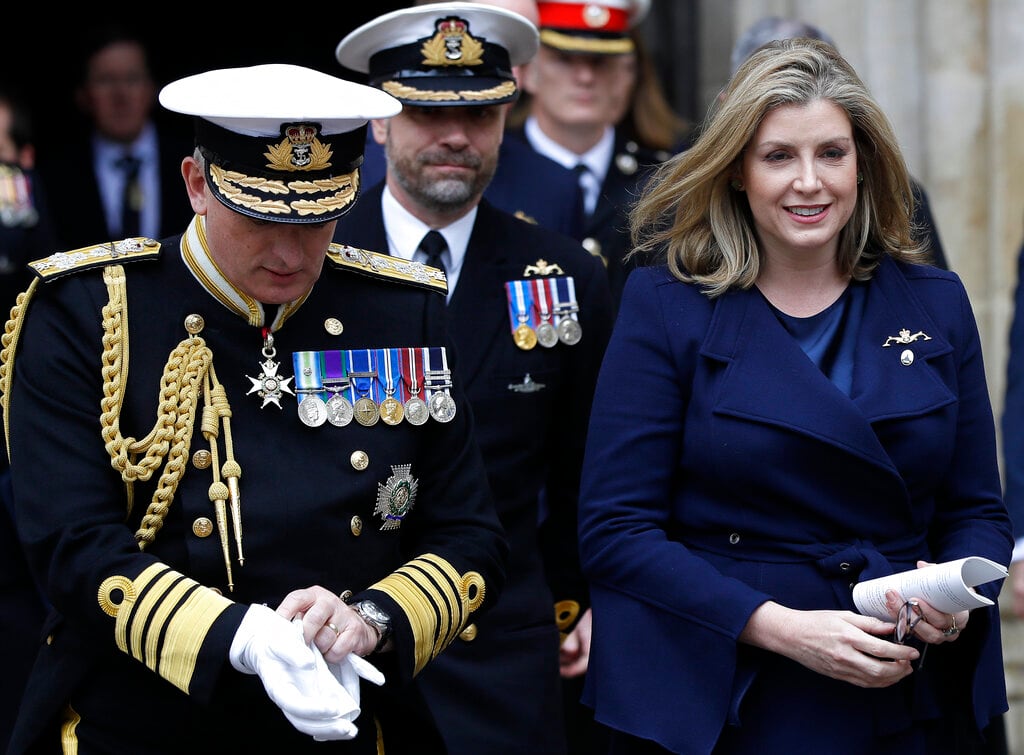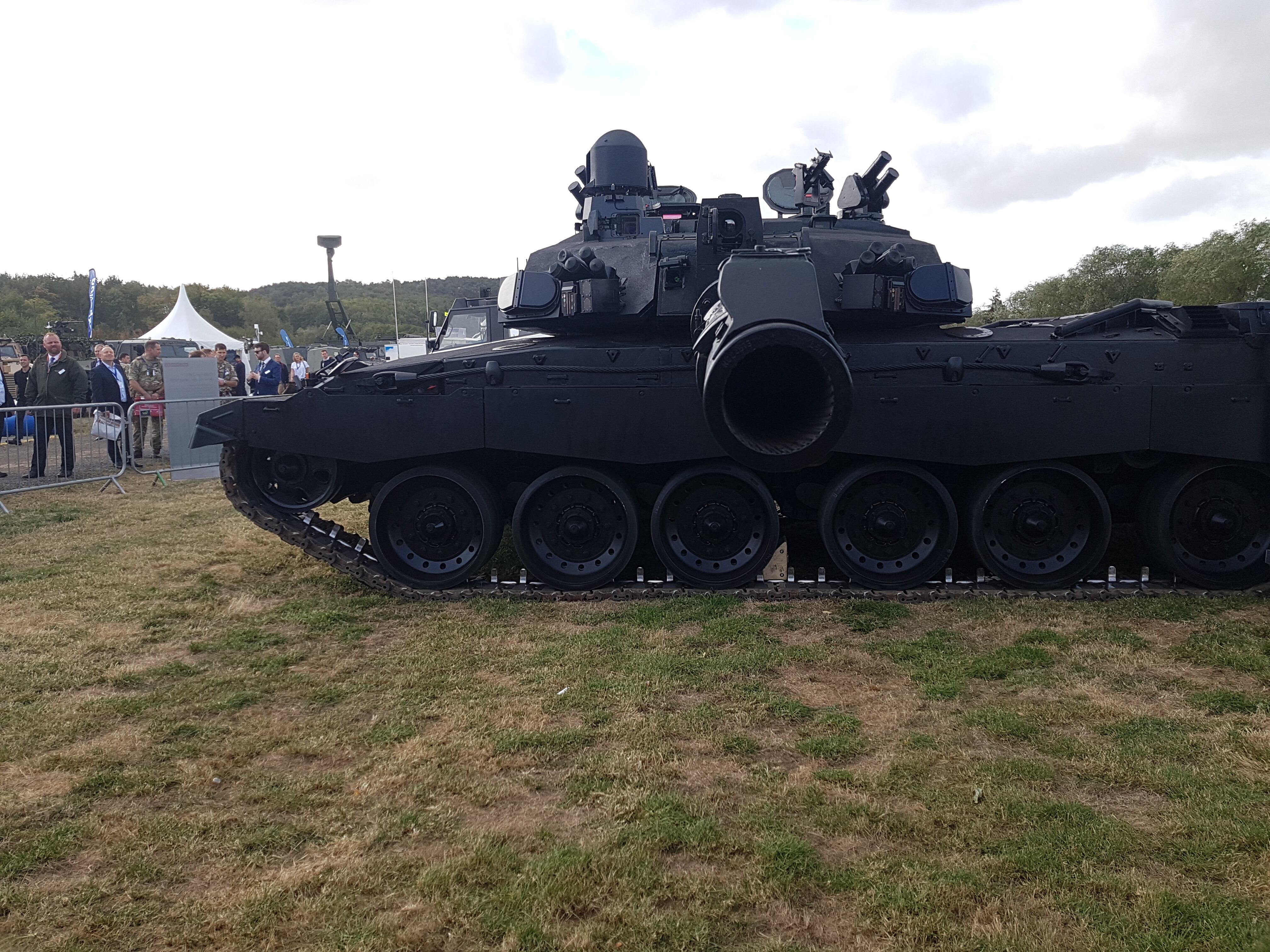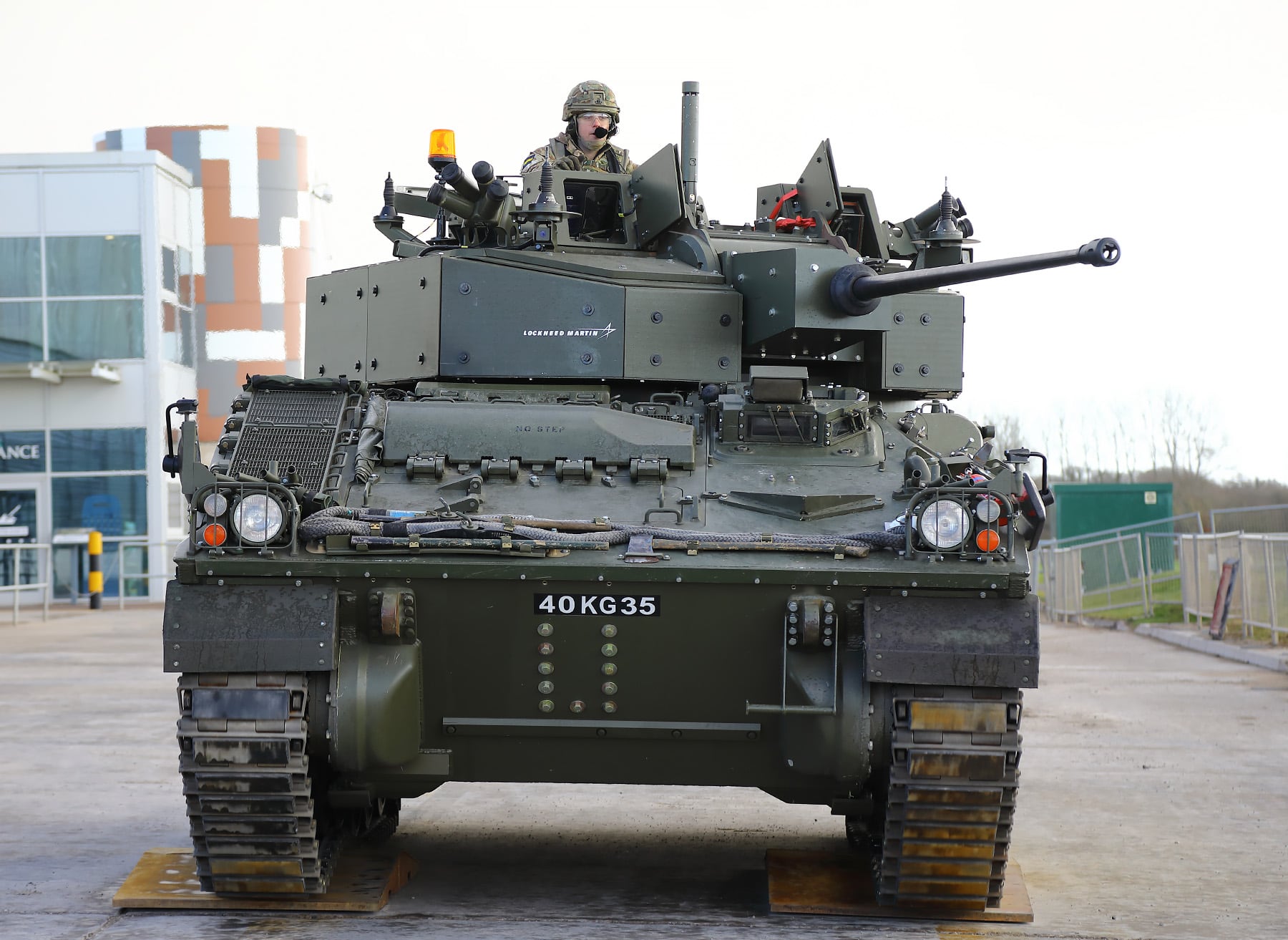LONDON – Britain has fallen behind its allies and potential adversaries in key armored combat vehicle capabilities and must do more to become a force to be reckoned with, Defence Secretary Penny Mordaunt has warned.
“The future may look very different in years to come, but meantime, while armour is relevant it must be capable, and we must be competitive. We have not been,” Mourdaunt told an audience of senior international army chiefs and industry executives at a land warfare conference in here June 4.
The Challenger 2 main battle tank and the Warrior infantry fighting vehicle, two of the key elements of the British army’s battle formations, were both labeled as “obsolete” by a defense secretary who only started the job a month ago but could move on once a new Conservative prime minister is elected in July to replace Theresa May.
“Challenger 2 has been in service without a major upgrade since 1998. During this time the U.S., Germany and Denmark have completed two major upgrades, whilst Russia has fielded five new variants with a sixth pending,” she said.
“Warrior is even more obsolete, and is twenty years older than those operated by our key allies. Since Warrior’s introduction in 1988 the United States and Germany have conducted four major upgrades and Russia has invested in three new variants,” said Mordaunt.
RELATED

What does she mean by obsolete? In the case of Warrior its best known shortcoming is the inability to fire on the move, and a 30mm cannon that has to be manually loaded with three round clips of ammunition. As it stands, the vehicle is unlikely to scare potential adversaries like the Russians.
The British have been under-invested in combat armored capability for years aside from meeting the urgent operational requirements to counter improvised explosive devices in Afghanistan. Many of those vehicles remain in service, even though the threat has changed.
Efforts are finally underway to improve the situation, sparked, in part, by the army’s move to form two armored strike brigades by 2025.
That force is planned to include tracked reconnaissance vehicles, an 8x8 mechanized infantry vehicle and a new 155mm artillery system.
General Dynamics UK has started delivering the first of 589 Ajax reconnaissance and support vehicles in what has been touted by the government as the largest armored vehicle investment in three decades.
Germany’s Artec has been nominated as the preferred supplier with its Boxer 8x8, although no contract has been signed yet. A competition on the artillery is getting underway.
Programs to upgrade both the vehicles named as obsolete by Mordaunt are in the works, but there is no manufacturing contract yet for either.
In the Warrior’s case Lockheed Martin UK secured the upgrade development program from the defense ministry in 2011, but is only now undertaking the reliability trials on which a final production contract depends.
RELATED

At one time the number of hulls to be updated was in the region of 380, but suppliers at a recent Lockheed Martin briefing said that as the British Army has shrunk and budgets got tighter, that figure is now down to around 265 and could go even lower.
As for Challenger 2 upgrades, an assessment phase involving BAE Systems and Rheinmetall has been completed and is now under review.
It seems no final decision has been made, but the signals coming out of the defense ministry suggest the Army may get what they want, which is a Challenger 2 sporting a German turret and smoothbore cannon.
Tank numbers to be upgraded are unclear, with defense procurement minister Stuart Andrew telling Parliament recently that the final decision would be informed by “the assessment phase, the defense requirement and a balance of investment consideration.”
The British Army currently has a fleet of 227 Challenger 2 tanks.
BAE and Rheinmetall recently announced their intention to form an armored vehicle joint venture including the British companies activities in the sector, with the German company having the majority shareholding.
Final approval of the deal is expected this month and a decision about the way forward on Challenger 2 could follow in the following two or three months.
RELATED

The scope and size of the armored-vehicle effort depends, like everything else, on the availability of funding.
The defense ministry has budgeted £18.4 billion ($23.4 billion) for land-warfare equipment purchases over the next 10 years.
Shorter-term budget considerations, though, will be resolved in the next few months.
A government-wide review of departmental budgets, known as the comprehensive spending review, is currently underway. That will dictate whether the currently cash-strapped military will get the sizeable spending increases they are hoping for over the next three years.
In opening remarks to the RUSI conference this week, Gen. Sir Mark Carleton-Smith, the chief of the general staff, made it clear he saw the threat of the tank diminishing in the military of the future as the focus shifts to issues like cyber warfare.
“The main threat is less missiles and tanks. It’s the weaponization of those elements of globalization that hitherto have made us prosperous and secure, such as mobility of goods, people, data and ideas," he said. "Living on an island gives no guarantees against the corrosive and intrusive effects of disinformation, subversion and cyber.”
Perhaps for now, at least, the last word over the utility of the tank in today’s information-rich environment should go to the conference speaker who voiced the opinion, “You can cyber all you like, but there comes a time when only a tank will do."
Andrew Chuter is the United Kingdom correspondent for Defense News.








